Product Suppliers
Service Providers
Projects & Bids
News & Events
Tools & Resources
RNG Forum 2025

Chilling & Dehydration
GraniteFuel can create individual solutions to meet your requirements and integrate the chiller as part of your biogas upgrading system. Contact the GraniteFuel team today or explore our other solutions to find out more about how we help with issues like H2S and siloxane removal, CO2/CH4 membrane separation and fuel blending.
Contact GraniteFuel Engineering
Related products
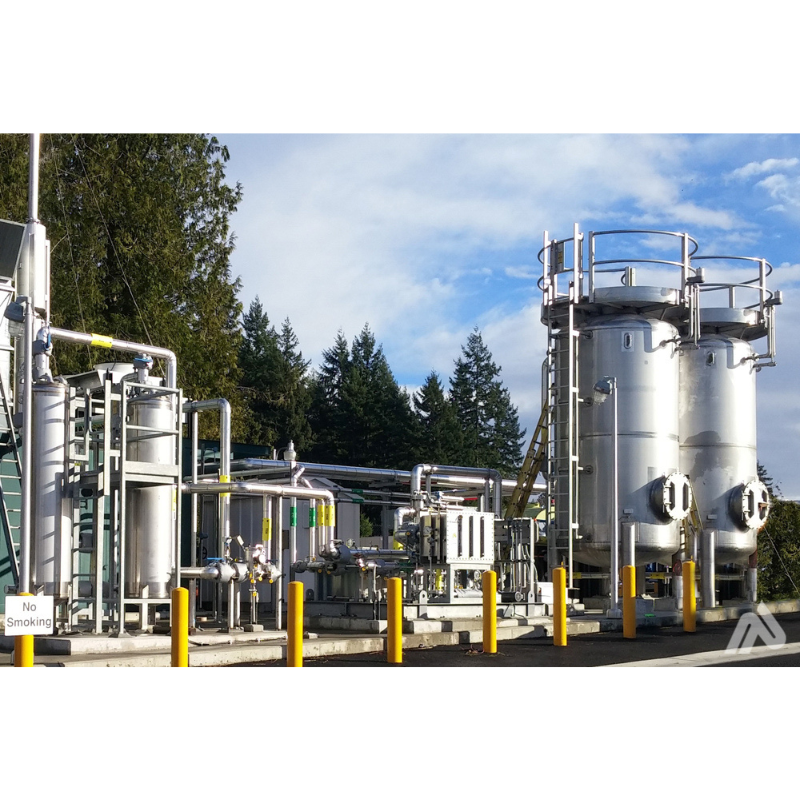
Unison Pretreatment for Engine Cogeneration and Boilers

THIOPAQ®- Biogas desulfurization
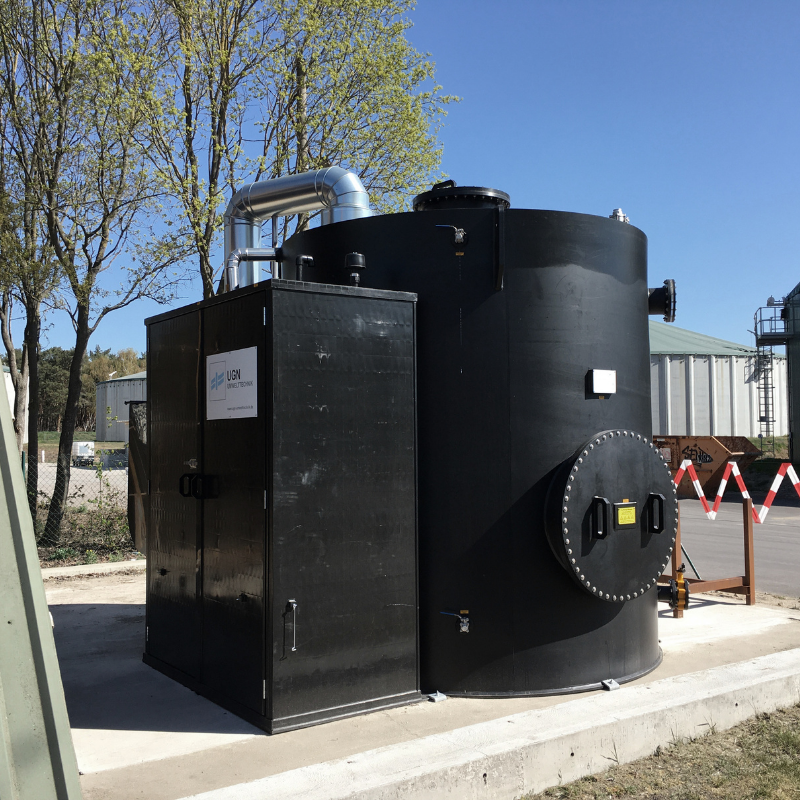
UGN® Gas Desulphurisation Systems
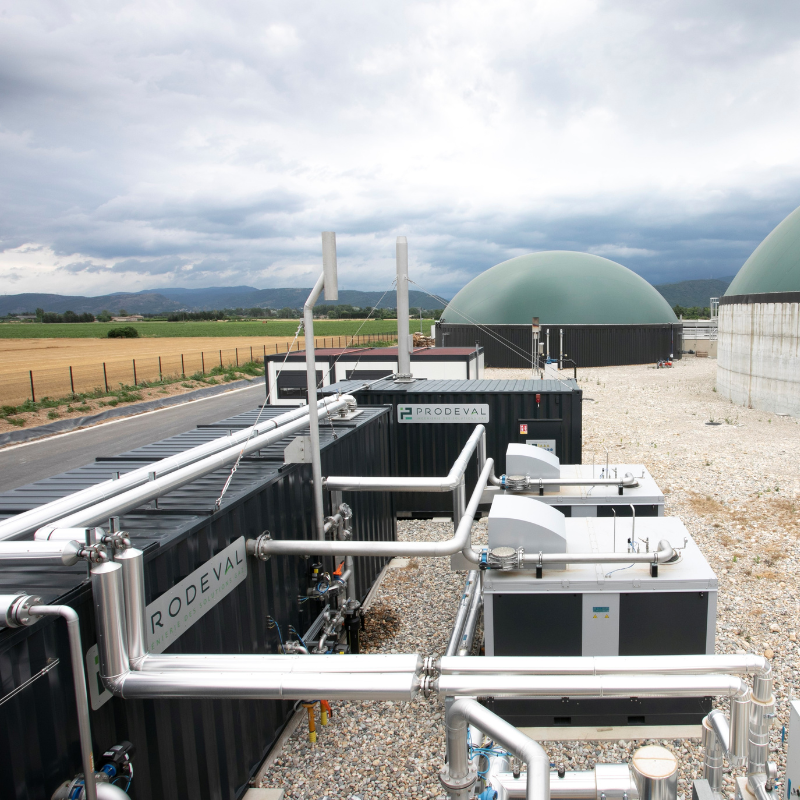
BOOSTER RNG
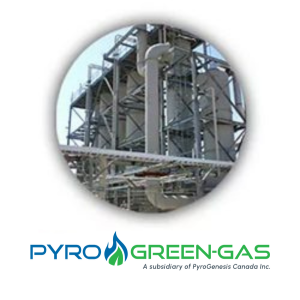
Pyro Green-Gas Desulfurization
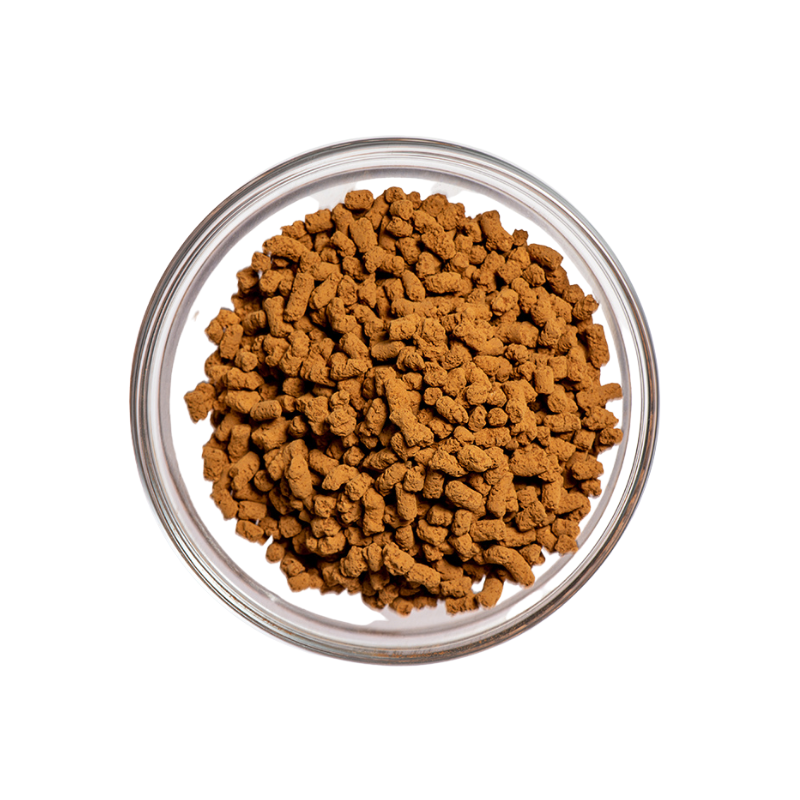
Hydrogen Sulfide and Siloxane/VOC Removal Media
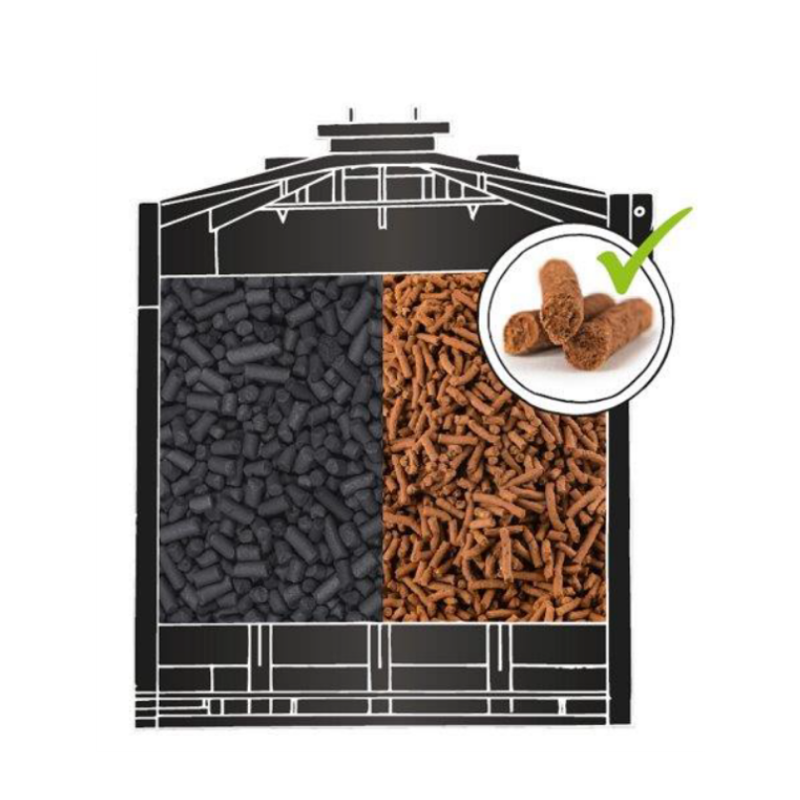
UgnClean Pellets® for H2S removal
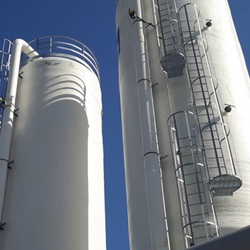
Sulfurex: Gas Desulphurization

VALOPACK

Sulfothane
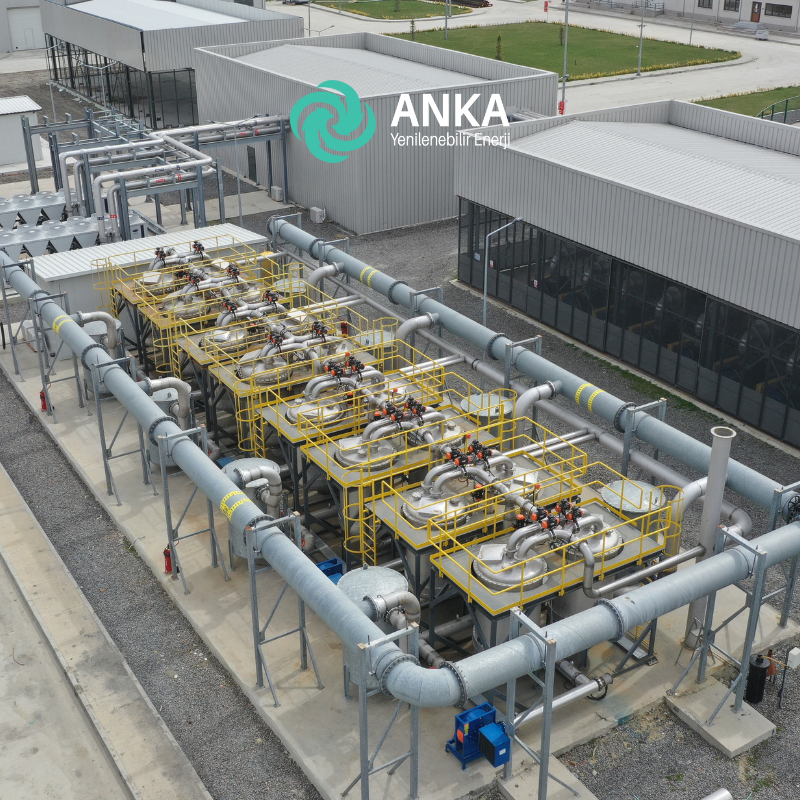
Regenerative Siloxane Removal Systems

